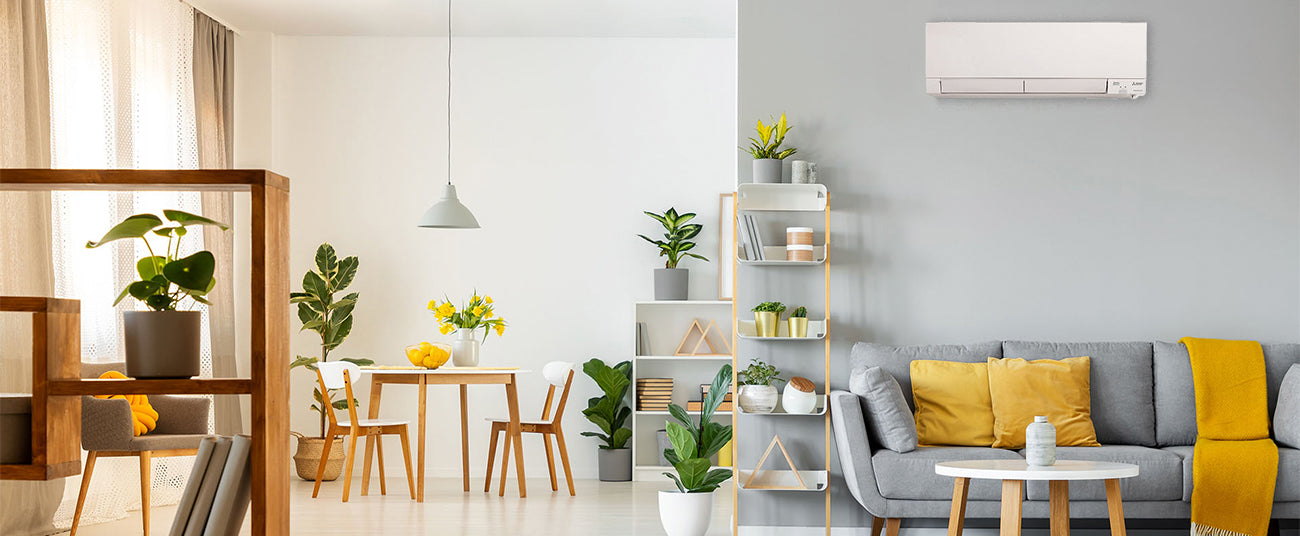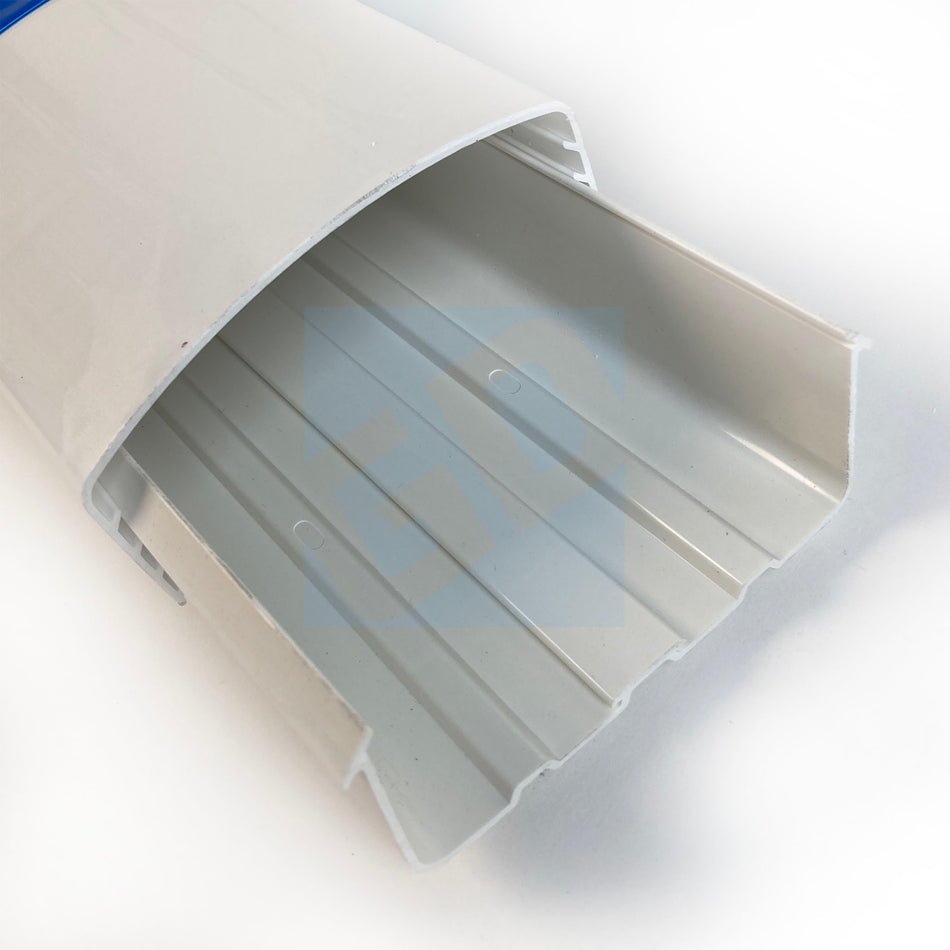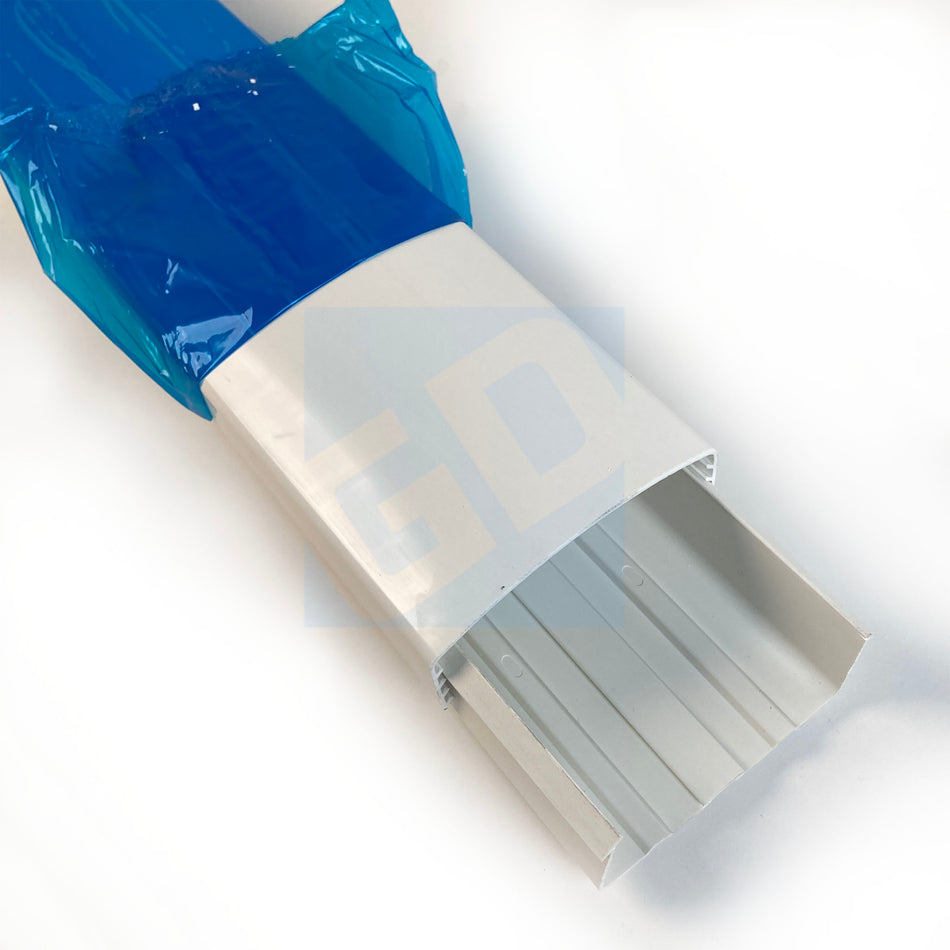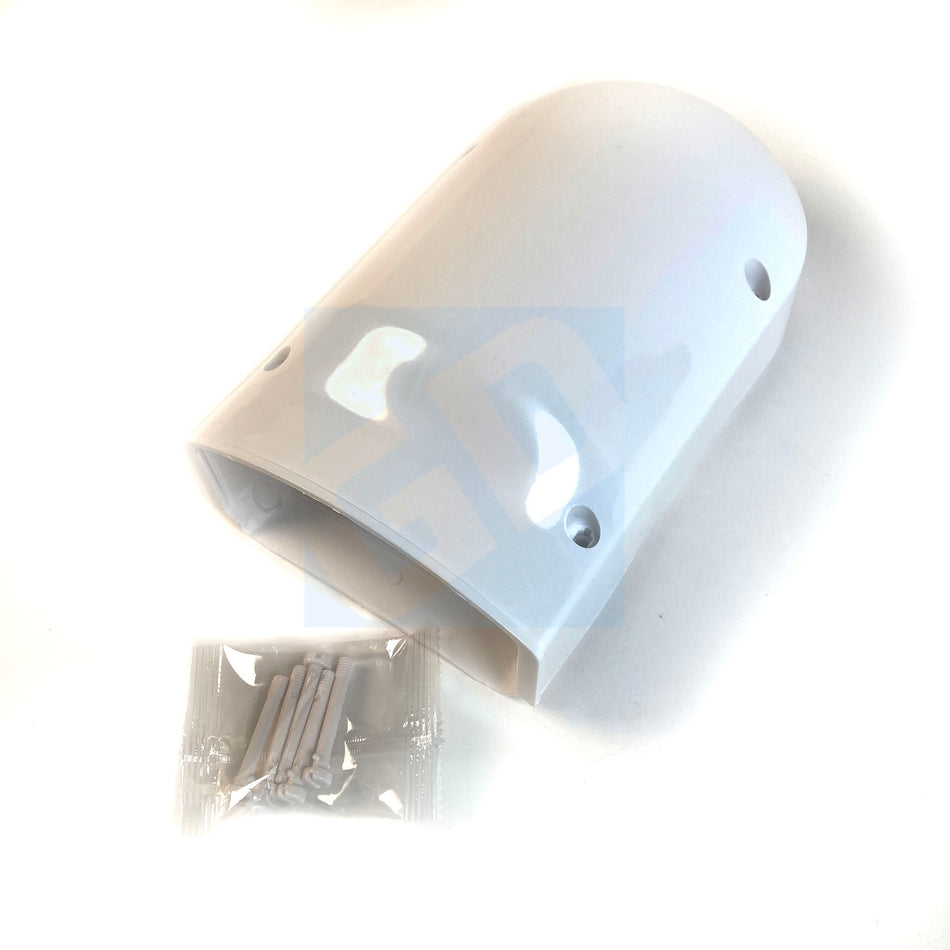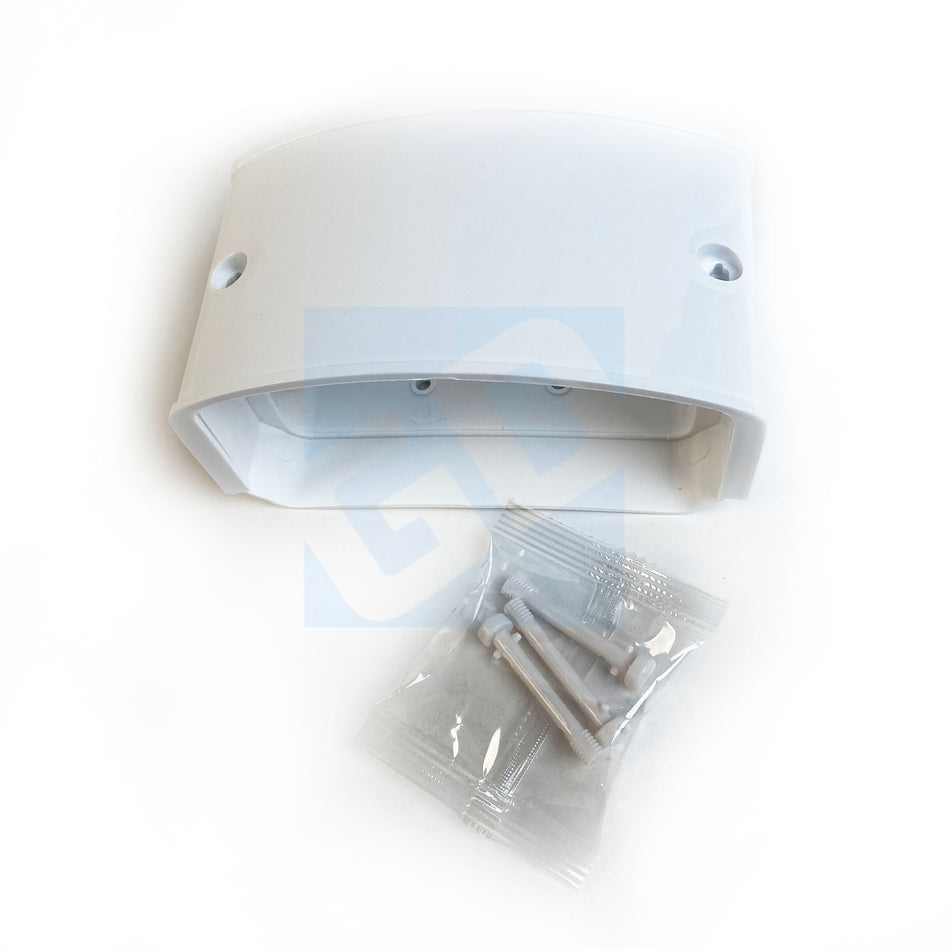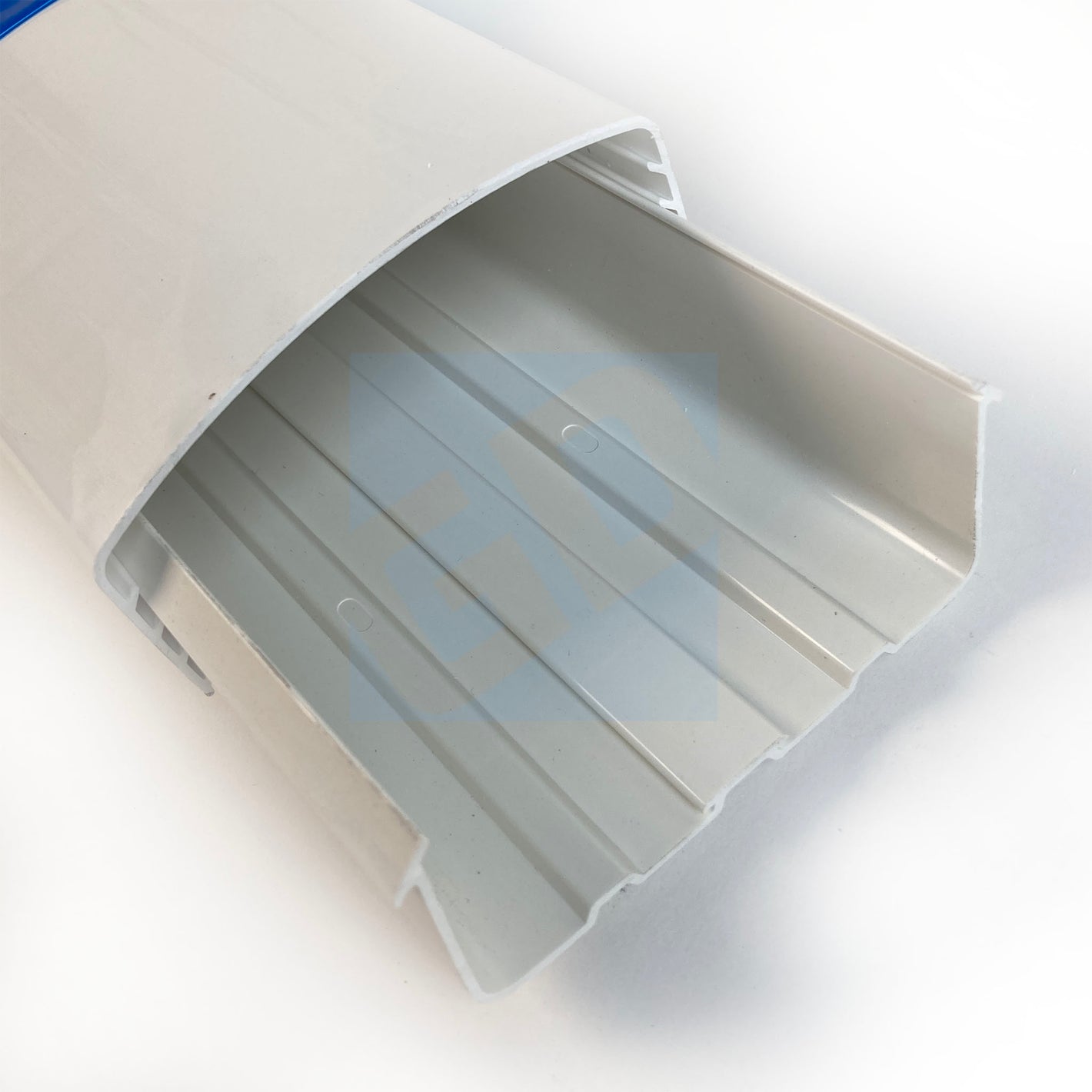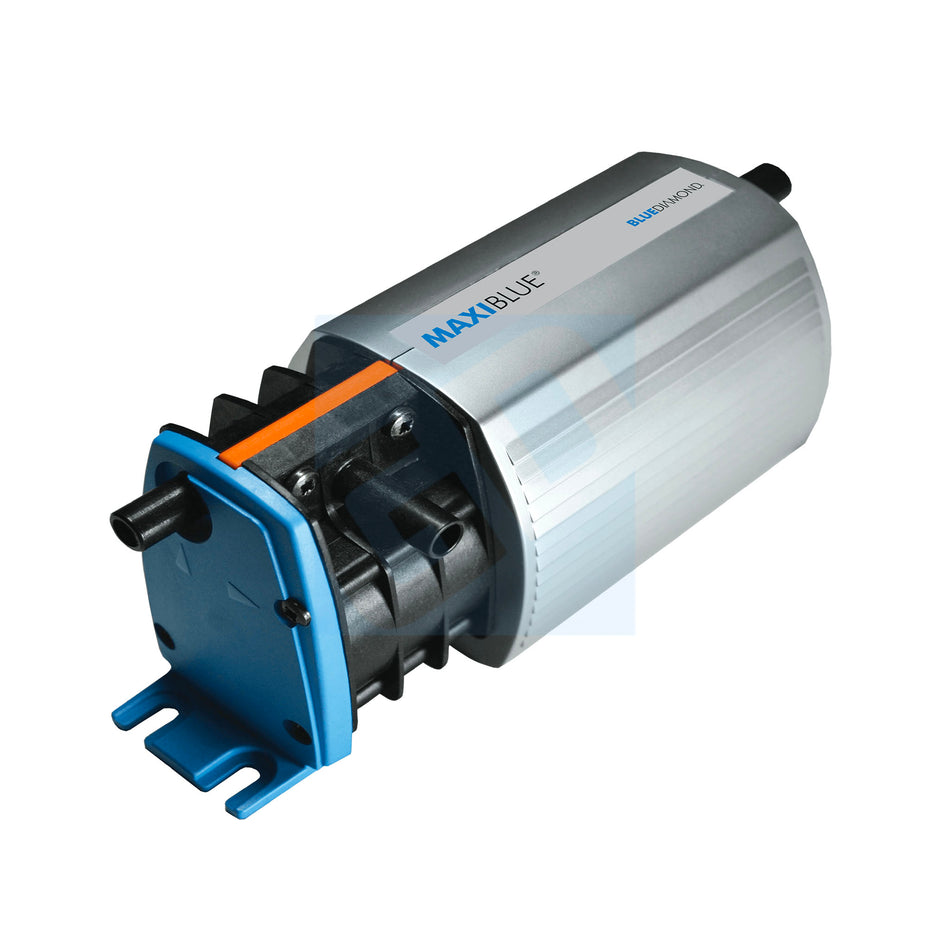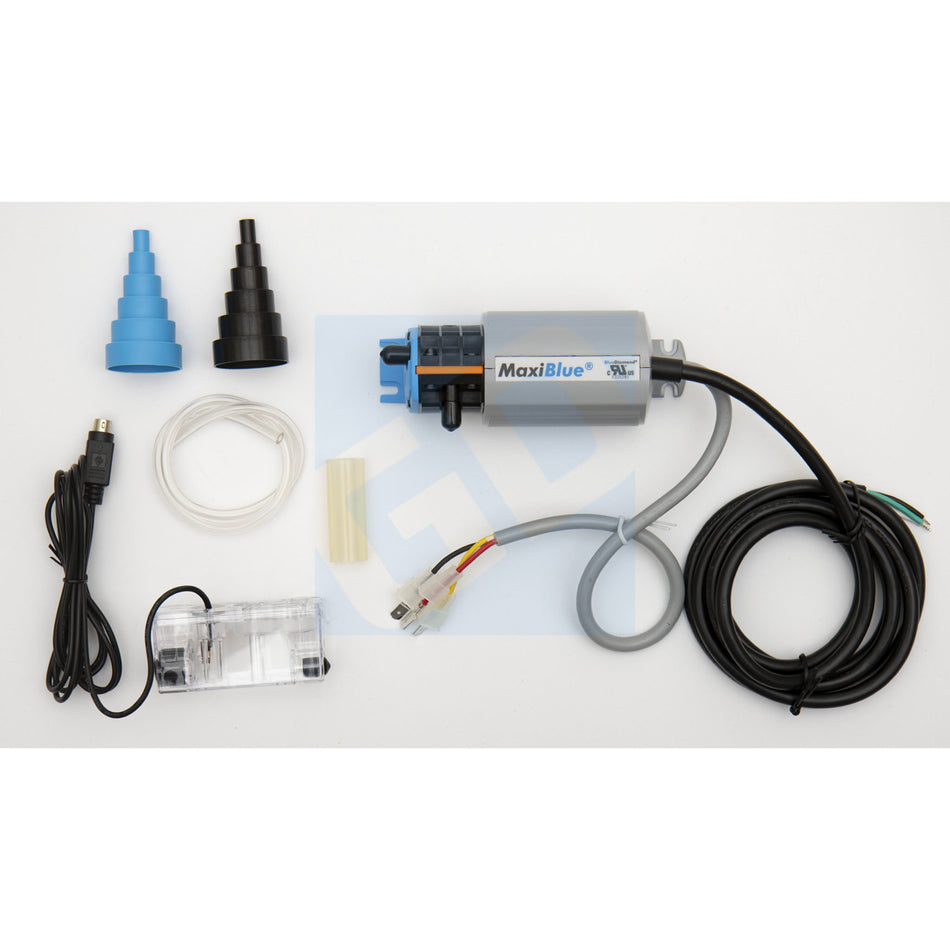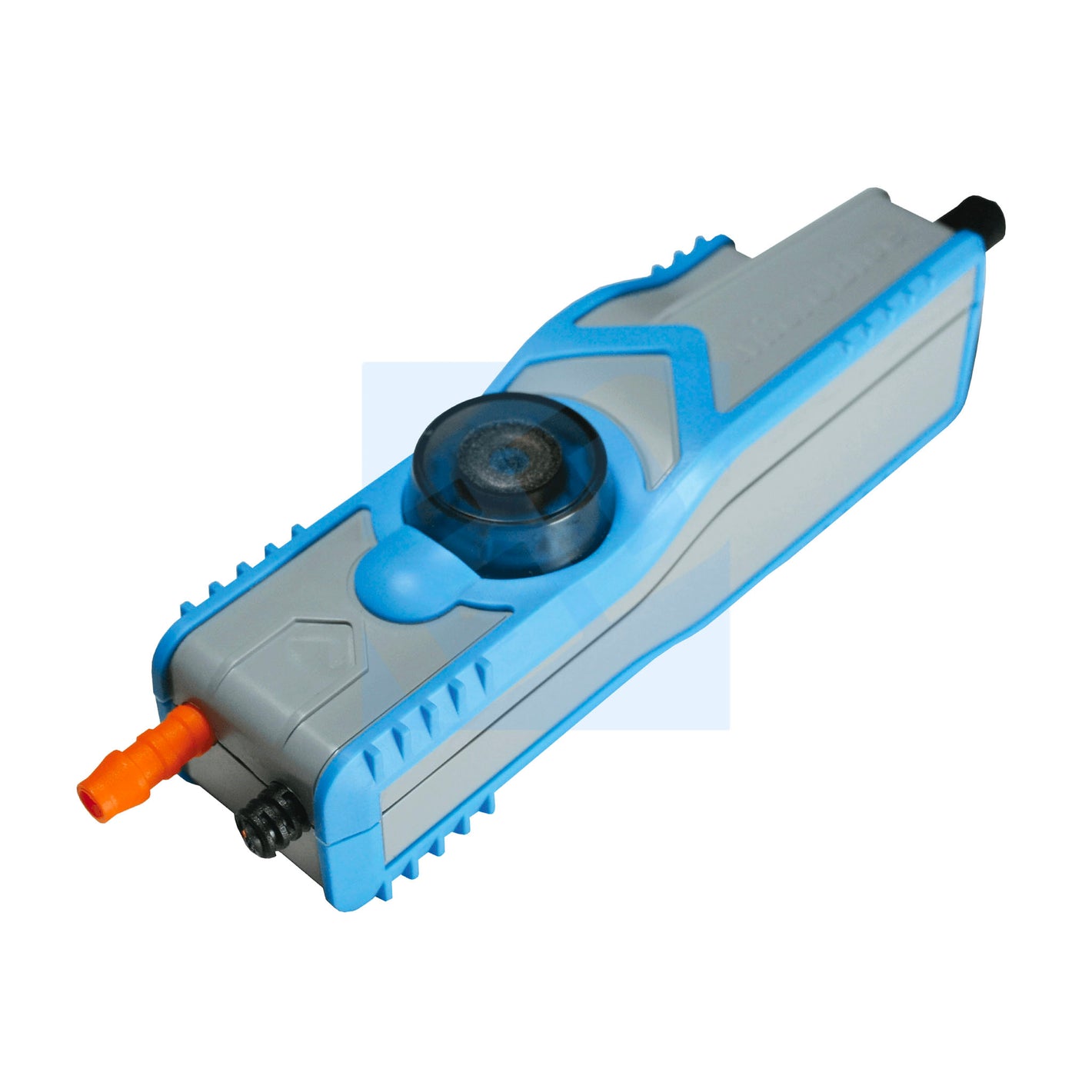Can a Mini Split Indoor Unit be Installed on an Interior Wall?
Ductless mini split indoor units are most commonly installed on exterior walls. This is typically due to ease of installation and ensuring that all condensation that comes from the indoor unit is immediately evacuated outside.
However, sometimes it is just not possible to install an indoor unit on an exterior wall. What if you have windows covering the vast majority of the exterior wall, or the indoor unit needs to be placed in a more central location for airflow purposes? Installing a mini-split indoor unit on an interior wall is definitely feasible and more common than one would think, but there are several crucial considerations to keep in mind when opting for this setup. Let's delve into these factors that play a pivotal role in ensuring a successful installation:
1. Line-set Run to the Outdoor Unit:
For the indoor unit to function, you must plan the line-set run to connect it to the outdoor unit. This can be achieved by running the line-set within the wall to the exterior where the outdoor unit is located. This method is commonly used if you are already remodeling your house and have the walls open and accessible. Alternatively, if the walls are not open for internal routing, the line-set can be directed outside the wall and led to the outdoor unit either by running to the nearest exterior wall or by running the line-set internally until it is near the outdoor unit. A sleek cover can conceal both the indoor and outdoor run, ensuring an aesthetic appeal.
2. Condensate Management
Managing condensate is critical when placing an indoor unit on an interior wall. It's essential to strategize how to handle the condensate produced during AC usage in the summers. If the indoor unit is positioned near an exterior wall, natural gravity can assist in draining the condensate outside. However, if it's farther inside, without the chance of evacuating the condensate with gravity, employing a condensate pump might become necessary. This pump can channel the condensate either outdoors or to a designated drainage area, ensuring compliance with local codes. Adequate slope is vital for efficient condensate removal, especially if the line-set is concealed within the wall to prevent unnoticed water damage.
3. Access for Line-Set Connections
When considering concealing line-sets within walls, it's wise to incorporate access panels at the connection points. This precautionary measure allows easy access in case of leaks, eliminating the need to cut open the wall later on to make repairs if issues arise. The last thing you want is to have to guess where the connections lie if you discover you have a leak in the system.
Conclusion
In conclusion, the installation of a mini-split indoor unit on an interior wall is indeed possible and fairly common. However, careful consideration of the aforementioned factors is crucial to achieve a final installation that offers both peace, comfort, and durability. Prioritizing these aspects ensures a comfortable environment and a system built to last.
Remember, seeking professional guidance and adhering to local building codes can greatly assist in achieving a successful installation that meets both functional and regulatory standards.
Got Ductless is here to help you with your installation and design questions. We have combined 40+ years of mini split experience and have had to navigate many obstacles and challenges in the mini split installation process. Please feel free to call, chat, or email us with any questions you may have. We are here to help.

